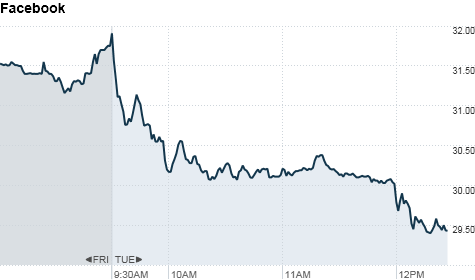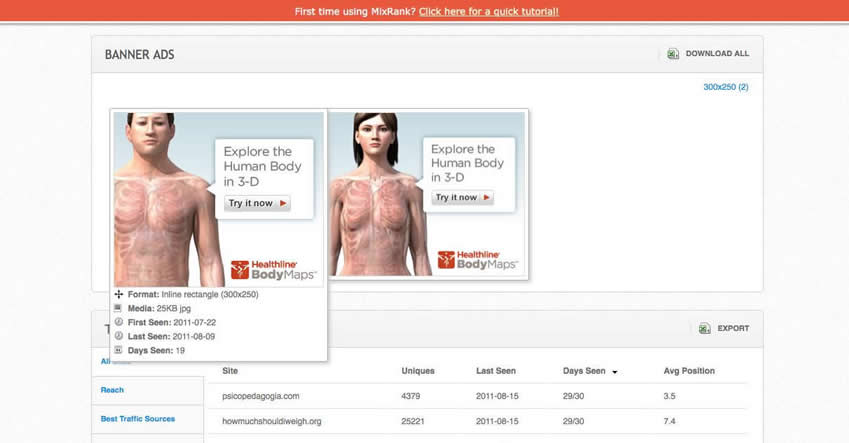What’s the form of internet marketing that people tend to notice the most, while still receiving the least clicks? Of course, what I means is display advertising. The CTR’s of display ads usually aren’t the biggest, but people keep them around because they are still effective in some form or another. However, it’s hard to see a long future for display advertising, because of the often mediocre results that they pull in. More and more options for advertising are popping up all over the web, and with that, others are becoming obsolete. The way that marketers think display will stay around is through integration.
There are really three reasons for anybody to use the internet today, and those are for email, search, and social networking. According to a survey by Econsultancy and Responsys, reported by eMarketer, integrating display banners into these three major internet communities is the only way that display will survive as a successful marketing solution. The surveys, “found that of the top four trends deemed most important to the future of display advertising, three were related to integration.” 59% of respondents said that the future of display advertising on the web relies upon integration with social media as a very significant factor, 56% said the the same for integration with search, and 41% responded in the same way for email integration. What’s more is that 50% of the respondents in the survey said that personalized ads online are a key factor in display’s future.
The fact is that personalized ads are now being found on most social media networks. So, in a way, this just adds to how important social media integration is for display ads. Advertisers are starting to realize the importance of integration as well, and their plans to take action have come to light. While 44% of respondents said they are looking to integrate with on-site content management now, 37% plan on integrating with search engines very soon. In third place came email, at 31%. Surprisingly, only 28% of respondents say that their first integration plans are with social media. “Companies were also most likely to say that integrating search and display had the most positive impact on their display advertising, with 70% of respondents agreeing.” Plans to integrate were very low in the line of mobile marketing, at 14%. It’s probably because of the low probability of click throughs on mobile devices.
According eMarketer, personalized ads are, in the opinion of certain agencies, the most important to the future of display marketing. The fact is, though, that the majority of agencies are saying that internet search integration is what has been boosting display performance, and will continue to. Display still has the potential to be a very successful form of internet marketing, if advertisers start recognizing the potential of integration into things like email, search engines, and social media. Display’s performance has come down to integration, and it seems that without it, other advertising methods will continue to prevail.



















